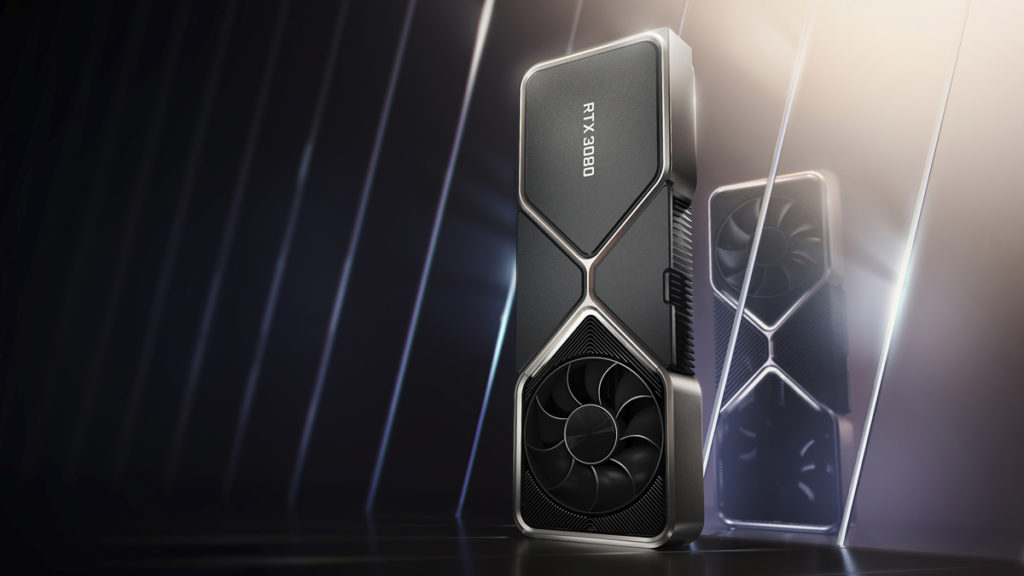
NVIDIA has allegedly delayed its multi-chip-module (MCM) Hopper design, paving the way for another, rumored graphics card architecture codenamed after English mathematician Ada Lovelace. According to new banter between proven leaker kopite7kimi and 3DCenter’s editors, the “Lovelace” AD102 GPU could supersede the Ampere generation with 12 Graphics Processing Clusters, 72 Texture Processing Clusters, 144 Streaming Multiprocessors, and 18,432 CUDA Cores, which reportedly translates to an incredible 66 TFLOPS of graphics performance. NVIDIA’s GeForce RTX 3090 BFGPU, in comparison, features 10,496 CUDA Cores and around 35 TFLOPS of power.
Being that Ampere only debuted months ago, we’d advise taking these estimates with a healthy dose of skepticism, but the road map does suggest that NVIDIA’s AD102 Lovelace GPU might debut in the flagship GeForce RTX 40 Series, which would then be followed by a potential MCM revolution in the GeForce RTX 50 Series courtesy of Hopper. It isn’t clear how long Hopper might be delayed, but green team’s researchers have been teasing the impressive performance gains granted by MCM as far back as 2017.
“Our evaluation shows that the optimized MCM-GPU achieves 22.8% speedup and 5x inter-GPM bandwidth reduction when compared to the basic MCM-GPU architecture,” an excerpt hosted on NVIDIA’s research site reads. “Most importantly, the optimized MCM-GPU design is 45.5% faster than the largest implementable monolithic GPU, and performs within 10% of a hypothetical (and unbuildable) monolithic GPU. Lastly we show that our optimized MCM-GPU is 26.8% faster than an equally equipped Multi-GPU system with the same total number of SMs and DRAM bandwidth.”
And a larger cache. It looks like this.
— kopite7kimi (@kopite7kimi) December 28, 2020
